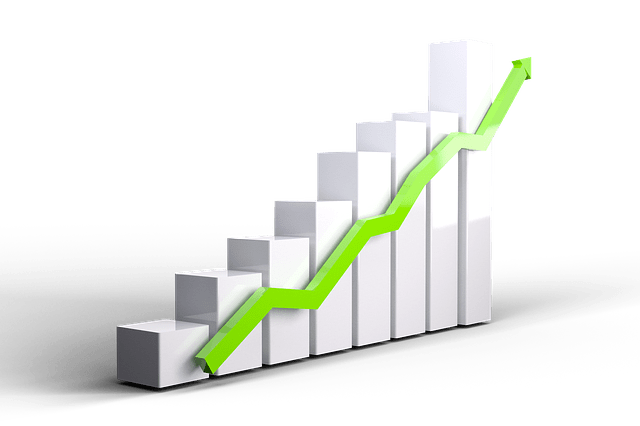The level of leverage that brokers provide is one of the reasons why many individuals are drawn to forex trading. Using leverage enables traders to access more financial markets than they would otherwise be able to. All traders should have a firm understanding of what forex leverage is and how to utilise it ethically. In-depth explanations of forex leverage, how it varies from stock market leverage, and the significance of risk management are provided in this article.
WHAT IS FOREX MARKET LEVERAGE?
Forex leverage is a practical financial strategy that enables traders to broaden their exposure to the market beyond the original investment (deposit). In a ten-to-one leverage situation, this implies that a trader may open a position for $10,000 in currency and only require $1000. But it’s important to understand that using leverage increases both profits and losses. A trader utilizing leverage might potentially lose more money than their initial investment in unfavorable market conditions.
A ten-to-one leverage indicates that traders may get exposure to a notional value or transaction size that is 10 times greater than the deposit/margin necessary to finance the deal. This is comparable to making a 10% down payment on a home; you have access to the whole property while just investing 10% of the total value.

Forex vs Shares Leverage
Leverage given while trading forex is different from that available when trading equities. This is because even the most actively traded shares display less volatility than the main FX pairs, which are liquid and widely traded. As a consequence, in the $5.1 trillion per day FX market, risk hedging and trading are easier to handle.
HOW DOES FOREX LEVERAGE WORK?
To calculate leverage, traders need the following:
- The trade’s notional value (trade size)
- Margin percentage
Brokers often provide traders a margin percentage so they can figure out how much equity is necessary to finance the deal. Deposit and margin are both interchangeable terms. Once you have the margin percentage, all you have to do is multiply it by the deal size to see how much equity is required to execute the trade.
Equity = Trade Size x Margin Percentage
Simply divide the deal size by the needed equity to determine leverage.
Equity/Trade Size = Leverage
EXAMPLE OF FOREX LEVERAGE
Here’s an example of utilizing the aforementioned calculations to compute leverage.
- Trade size : 10 000 units of currency (one mini contract on USD/JPY with a trading size of $10,000) are involved in this transaction.
- Margin % : 10% is the margin.
Equity = Trade Size x Margin Percentage
0.1 x $10 000
=$1 000
Equity/Trade Size = Leverage
$10 000 / $1 000
= 10:1, or 10 times.
The example demonstrates the fundamentals of using forex leverage when initiating a transaction. However, traders should not just determine the minimal amount required to place a trade and fill the account with that precise amount. If the position goes in the other direction, pushing the account equity below an acceptable threshold established by the broker, traders must be aware of margin calls.
Leveraged FX trading has the potential to result in significant losses. The effects of using high leverage on a trading account have been evaluated and tabulated using a common scenario.
THE MANAGEMENT OF FOREX LEVERAGE RISK
Leverage is like a two-edged sword for forex traders since it may have both good and bad effects. Determining the proper effective leverage and incorporating competent risk management are thus crucial.

Additionally, effective traders employ a favourable risk-to-reward ratio in an effort to consistently execute deals with a greater likelihood.
Leverage errors must be avoided at all costs; to learn how to prevent this and other problems traders may encounter, see our list of the Top Trading Lessons.

